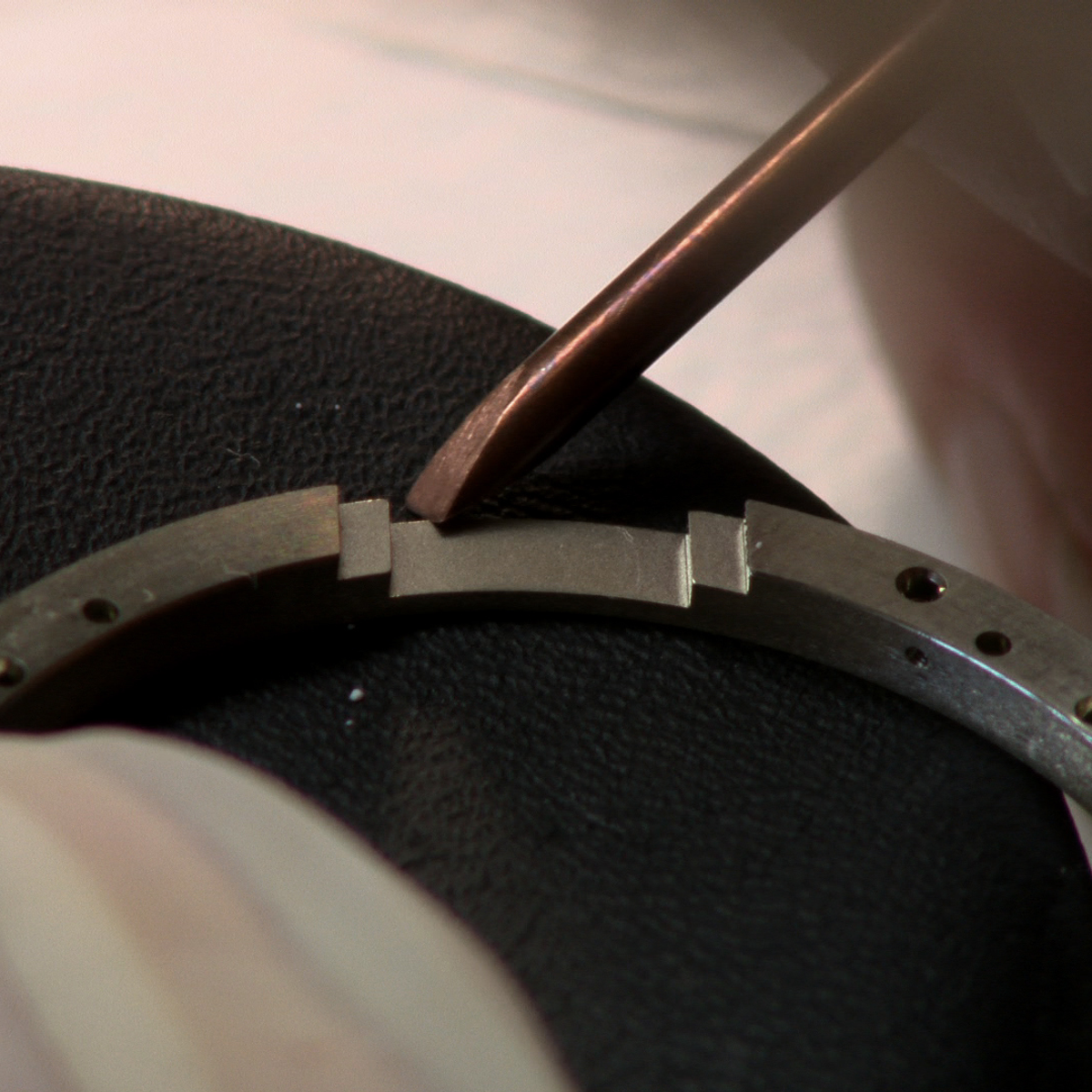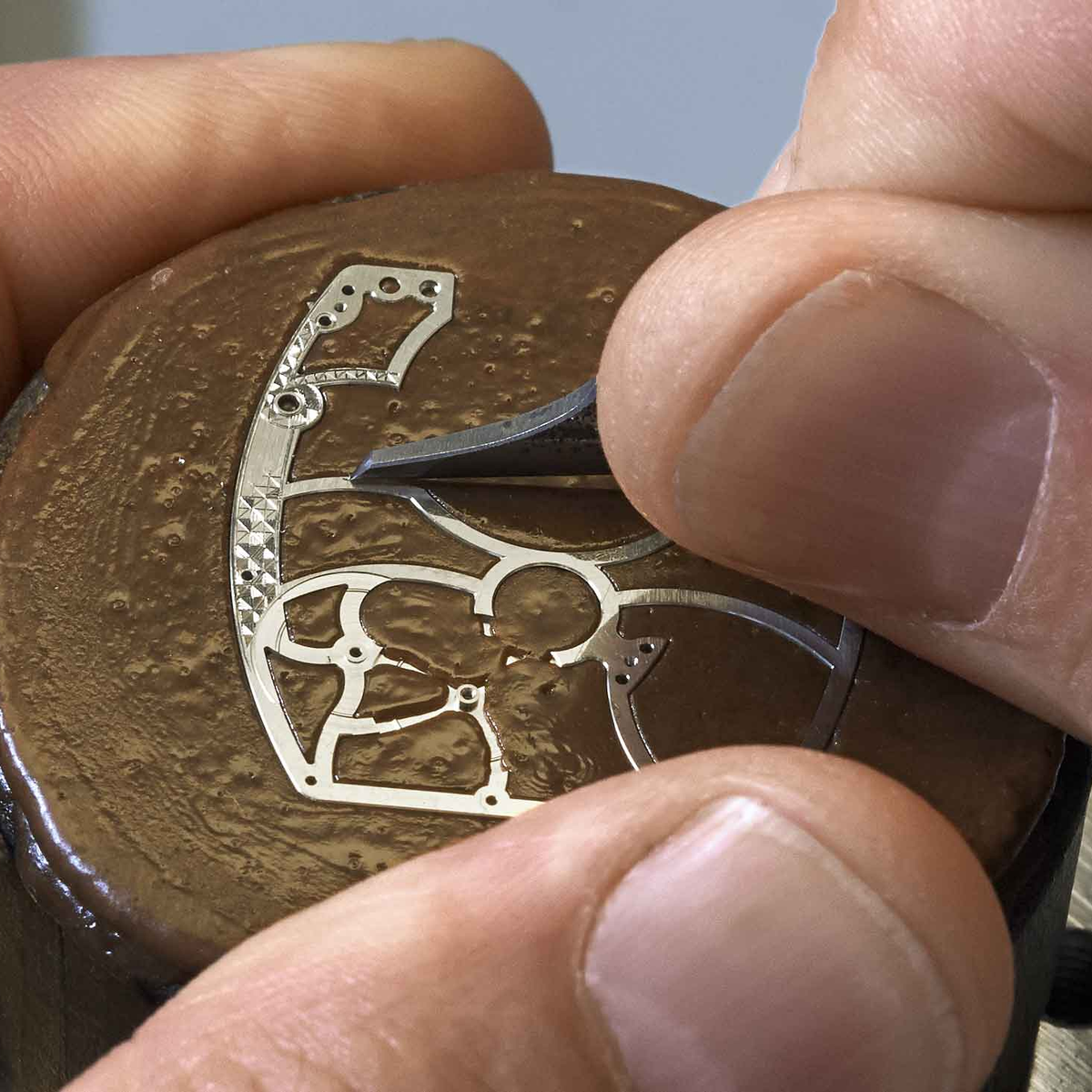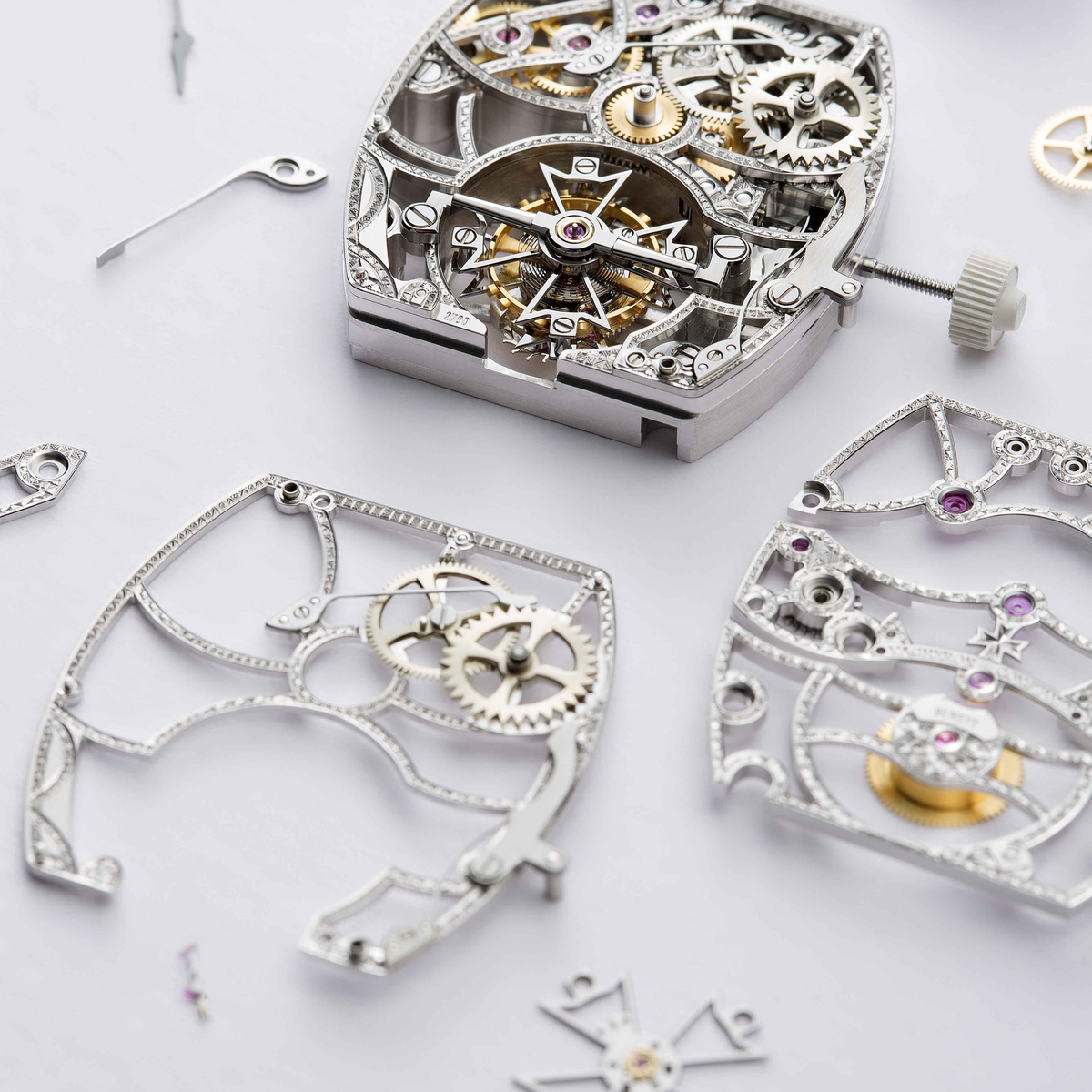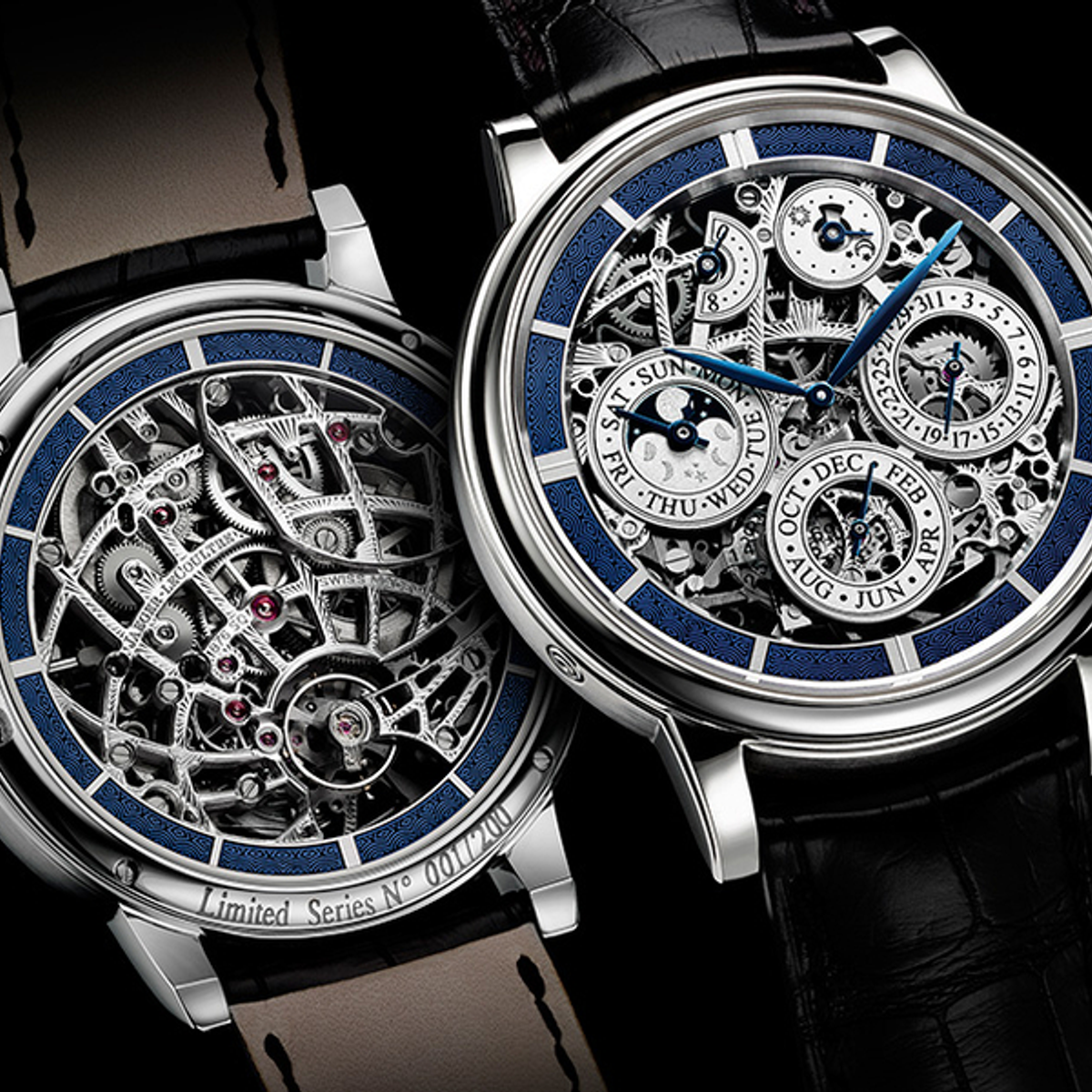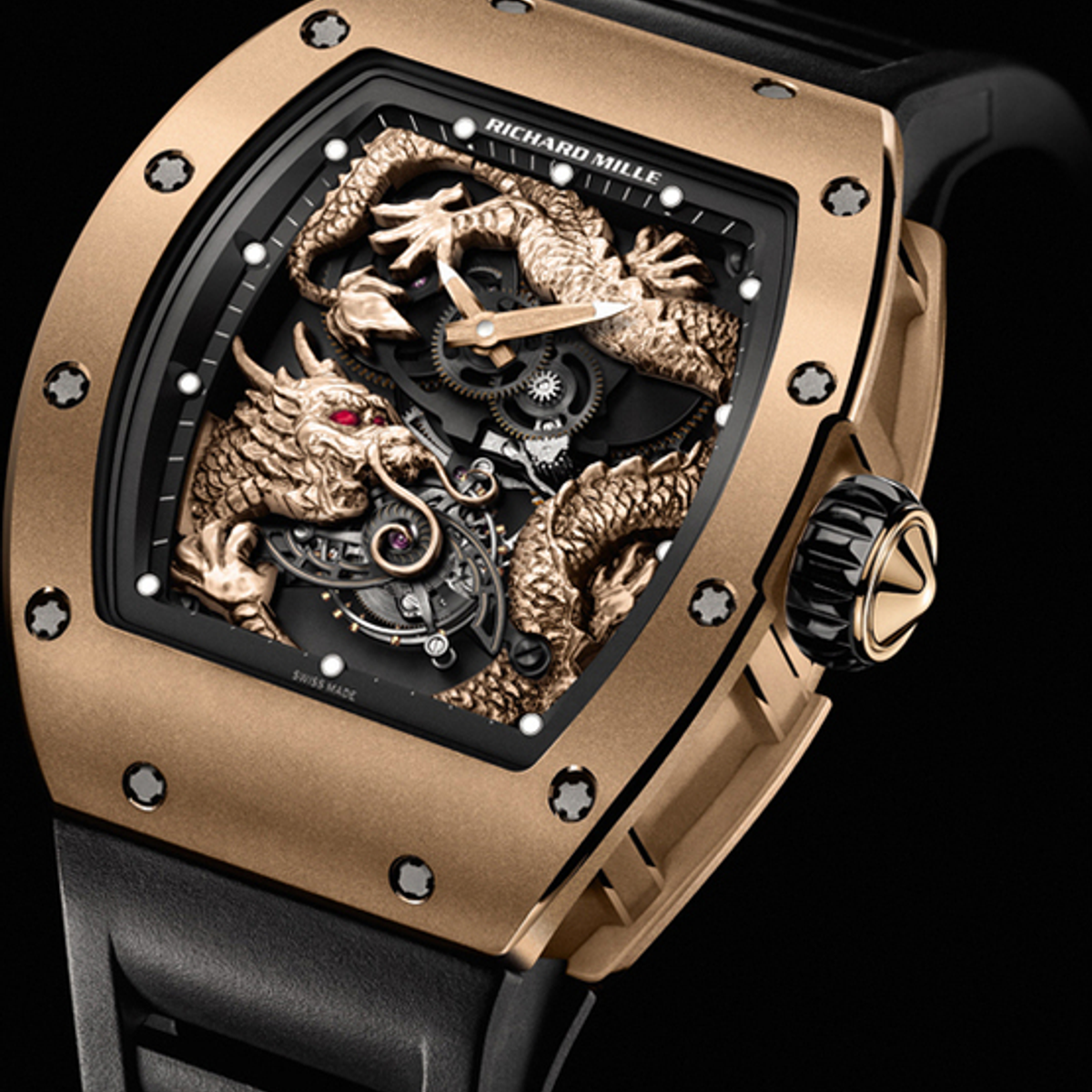And who would have imagined that each of these tiny, tiered parts had been decorated and finished with no less of an attention to detail than that devoted to the watch's exterior ?
Even when the movement will not be visible through the case back; even when the watchmaker is the only person to ever contemplate this hidden beauty, a Fine Watch movement will always be richly decorated.
Why go to such trouble? Why insist on this seemingly superfluous task ?
Each Fine Watch movement is individually and patiently assembled, adjusted and tested. The extreme care with which each part is finished is more than just a question of beauty; it also guarantees technical perfection, for no-one would devote hours to polishing, engraving and embellishing an imperfect part. Only once a part has been shaped and individually inspected is it ready to be decorated, then assembled. Even a movement that no-one will ever see is finished to the highest degree of beauty and perfection.
